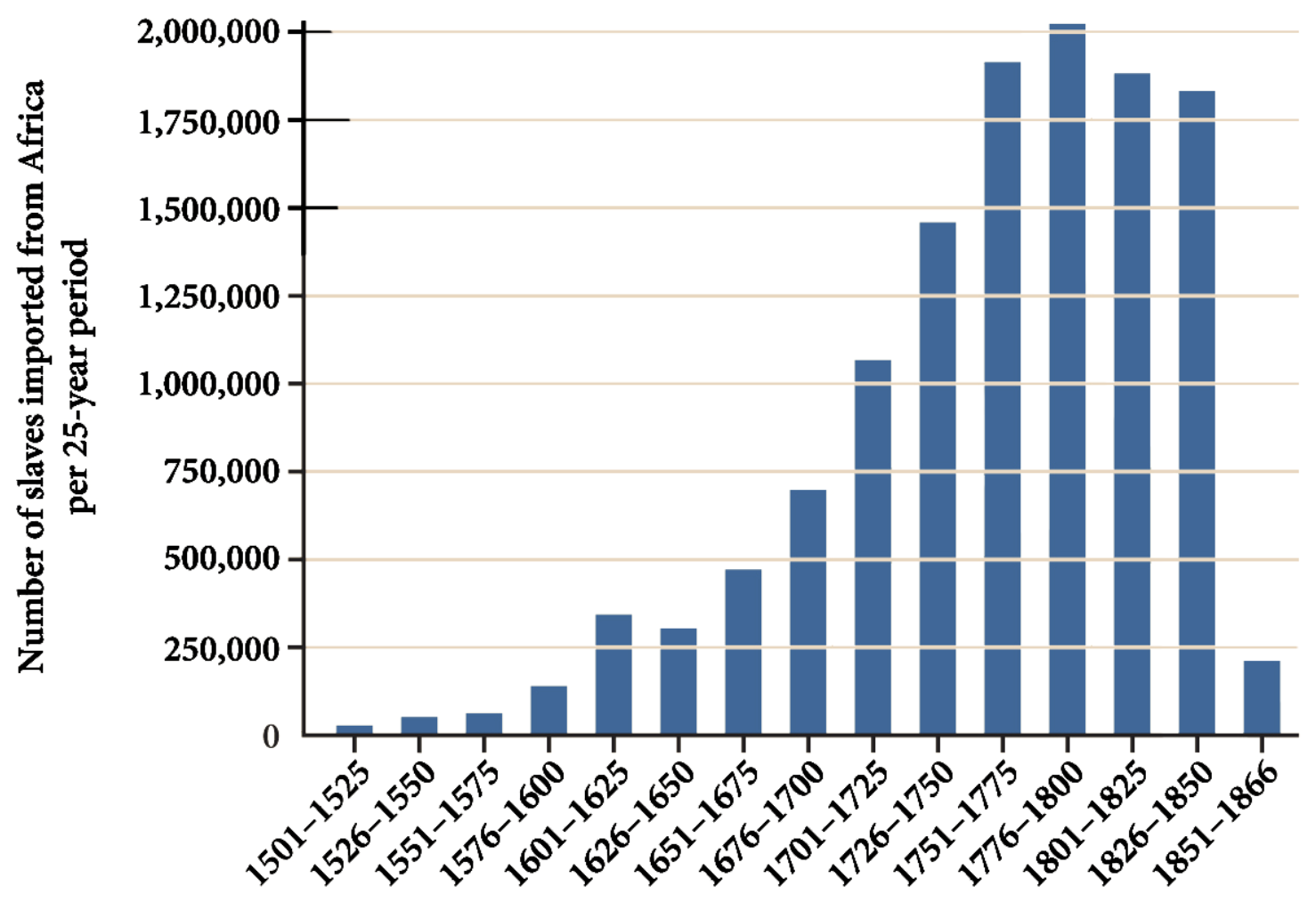<< Hide Menu
Unit 4 DBQ (The Columbian Exchange)
4 min read•june 18, 2024
AP World Document-Based Question on The Columbian Exchange
👋 Welcome to the AP World Unit 4 DBQ (The Columbian Exchange). These are longer questions, so you'll want to grab some paper and a pencil, or open up a blank page on your computer.
⚠️ (Unfortunately, we don't have an Answers Guide or Rubric for this question, but it can give you an idea of how a DBQ for Unit 4 might look on the exam.)
⏱ The AP World exam has a mixture of free-response questions and allotted times. For these types of questions, there will be 1 DBQ, and you will be given 60 minutes to complete it. It is suggested that you spend 15 minutes to read the documents and spend 45 minutes to draft your response.
-
- 🤔 Need a quick refresher of the unit as a whole? Check out the Unit 4 Overview.
-
- 😩 Getting stumped halfway through answering? Look through all of the available Unit 4 Resources.
Guidelines
Write an essay that:
- Provides historical contextualization to start your essay
- Has a historically defensible thesis
- Uses at least 6 of the 7 documents
- Supports thesis with relevant, paraphrased evidence from the documents
- Takes into account the sources of at least 3 of the documents
- Provides at least ONE piece of evidence beyond the documents to support your argument
- Addresses complexity through a nuanced understanding of the documents, extended analysis of POV, Purpose, or Historical Situation
Question
Analyze the effects of the Columbian Exchange on Africa, Europe, and the Americas.
Document 1 (Goldberg, Map**)**

Image courtesy of YouTube
Document 2 (Rees)
Source*: The Columbian Exchange, March 31st, 2006, Lauren Rees.*
Exchanging crops proved to be a far more intricate, involved process that could have been imagined at the time. Remarkably, the peoples of the Americas realized that crops with higher caloric values could not only feed more people, but also allowed people to work harder because they were more energized. This led to an adoption of American crops by the European peasants, that changed entire cuisines in various cultures. An important crop in Europe was potatoes, as they could be left in the ground until they were ready to be eaten, and allowed many Europeans to evade tax collections, as tax collectors did not go as far as dig up not yet harvested crops.
Animals were also a key part of the Columbian Exchange. Horses, pigs, sheep, and cattle were all European animals that flourished rapidly in the Americas. The horse was an important animal as it helped in battle...and led to faster transportation.
Document 3 (Cowley)
Source*: The Great Disease Migration, Geoffrey Cowley, Newsweek, Fall, 1991.*
The disaster began almost as soon as Columbus arrived, fueled mainly by smallpox and measles. Smallpox-the disease that so ravaged Tenochtitlan on the eve of Cortes’ final siege-was a particularly efficient killer. Alfred Crosby, author of “The Columbian Exchange” likens its effect on American history to “that of the Black Death on the history of the Old World”. Smallpox made its American debut in 1519, when it struck the Caribbean island of Santo Domingo, killing up to half of the indigenous population. From there, outbreaks spread across the Antilles island, onto the Mexican mainland, through the Isthmus of Panama and into South America.
Document 4 (Illustration**)**
Source*: Unknown*

Document 5 (de las Casas)
Source*: Bartolome de las Casas (A young priest who participated in the conquest of Cuba, and transcribed Columbus’ journal)*
…(the Spaniards) grew more conceited every day and after awhile, refused to walk any distance…(they) rode on the backs of Indians if they were in a hurry, or were carried on hammocks by Indians running in relays, (They) thought nothing of knifing Indians by tens and twenties and cutting off slices of them to test the sharpness of their blades…
They (the Indians) suffered and died in the mines and other labors in desperate silence, knowing not a soul in the world to whom they could turn for help…
(In 1508) there were 60,000 people living on this island (Hispaniola), including the Indians; so that from 1494 to 1508, over three million people had perished from war, slavery, and the mines. Who in future generations will believe this? I myself, writing it as a knowledgeable eyewitness, can hardly believe it.
Document 6 (Whitcomb)
Source*: Merrick Whitcomb, ed., “The Gold of the Indies 1559”, the University of Pennsylvania.*
From New Spain are obtained gold, silver, and other things. One fifth of all profits go to the King. Great quantities of gold and silver used to be out in the open; with all of it gone, now gold and silver have to be mined.
The work is hard and the Spaniards are not willing to do the work. Natives, who have become Christians are not allowed to be forced to do the work because the Emperor freed them. So now, it is necessary to acquire negro slaves (enslaved Africans), who are brought from the coasts of Africa. Their masters are making them work too hard and giving them too little to eat, they fall sick, and the greater part of them die...
Document 7 (Atlantic Slave Trade Database, Graph**)**
Source: Voyages, the Atlantic Slave Trade Database


© 2024 Fiveable Inc. All rights reserved.